If you're a die-hard coffee fan, you may have heard of coffee competitions. Whether on a small scale at the latte art battle in your favorite café next door or on the big stage in front of an international audience. The largest stage for coffee competitions is found annually at the Specialty Coffee Association's World of Coffee and Specialty Coffee Expo events. The seven disciplines of the World Coffee Championships are usually scattered across the world and are organized by World Coffee Events, which was created specifically for this purpose.
The World Coffee Championships are a series of annual competitions where the best coffee professionals from around the world showcase their skills. With the World Barista Championship, such an international competition took place for the first time in 2000: in Monte Carlo, Monaco, the Norwegian Robert Thoresen beat the competition. Gradually more and more competitions followed - there are now seven disciplines, including:
- World Barista Championship
- World Latte Art Championship
- World Brewers Cup
- World Cup Tasters Championship (Aurore is Vice World Champion 2024!)
- World Coffee Roasting Championship
- World Coffee in Good Spirits Championship
- Cezve/Ibrik Championship
Each discipline has its own rules and evaluation criteria, which are continually adjusted. In 2022, for example, there was a major discussion about coffee-milk mixed drinks because, according to the rules at the time, these could be prepared with cow's milk, but not with oat milk or similar alternatives.
World Barista Championship
Every year around 50 coffee professionals from all over the world take part in the largest event, the Barista Competition, who previously qualify in national competitions. The participants have to give a presentation in 15 minutes each, during which they introduce themselves and the 3 x 4 drinks they are preparing. These include espressos, coffee-milk mixed drinks and so-called signature drinks where you can let your creativity run wild.
For each drink, it is important to provide background information, such as where the coffee comes from, what variety of coffee plant it is, how it was grown, how the coffee was prepared after the harvest and how it was roasted. The baristi are also expected to provide information about the taste and even the perfect drinking temperature. While participants have the most freedom with the signature drink, it is also important to use at least one espresso shot, which should also be the focus in terms of taste.
The performance is evaluated by certified jurors from all over the world. In addition to the taste of the drinks, they also pay attention to the cleanliness of the execution, the creativity, the technical know-how and the overall presentation. Of the over 50 participants, 16 made it to the semi-finals. Whoever prevails here will advance to the final, in which six people will compete. You can read all the rules on the World Barista Championships website if you're interested. In the video below you can see the 2023 world barista champion Boram Um from Brazil during his performance in the finals in Athens.
World Latte Art Championship
The latte art competition requires creativity and a steady hand. While the taste of the drinks presented plays a central role in other competitions, latte art competitions are all about the visual. In order to compete on the world stage, the baristas first have to convince the juries in their respective countries of their milk pouring skills.
Unlike small competitions, baristas in the Specialty Coffee Association's official national and international competitions have to choose their own samples. In small-scale fun competitions, patterns are often set in advance so that the artistic images in the coffee can be compared more easily for the jury. On the world stage, it's all about coming up with your own, original patterns and presenting them to the jury in printed form in advance.
At WLAC we differentiate between free-pour lattes and designer lattes. With the former, only the milk jug is allowed - completely puristic and without any frills. For the designer lattes, participants can also use other tools to shape the milk foam into the desired shape. These are, for example, metal pens, so-called latte art pens, or similar tools as well as food coloring. As with the other competitions, the baristas not only compete against each other, but also against the clock.
They also have to prepare the espressos into which they pour the latte art themselves during their performance, as well as the milk foam. The World Championships consist of three rounds : preliminary round, semi-final and final. For each round, baristas have five minutes of preparation time, followed by 8 minutes of competition time in the preliminary round, 9 minutes in the semi-finals or 10 minutes in the final. In the preliminary round there is also the so-called Art Bar, where all participants have to prepare the most creative designer latte possible in 5 minutes.
Two identical free-pour lattes and two identical designer lattes must be prepared per batch. The top six contestants from the semifinals will qualify for the final round, where contestants will create two matching sets of different free-pour latte patterns and one matching set of designer lattes. Whoever achieves the highest number of points can now call themselves World Latte Art Champion. The baristas are judged on visual attributes, creativity, identical patterns in the pairs, contrast in the patterns and overall performance.
You can read the annual rules and regulations for the World Latte Art Championship on the competition website.
World Brewers Cup
At the World Brewers Cup, the participants concentrate entirely on the manual preparation of filter coffee. They have to brew three cups of coffee in two rounds using a method of their choice. Whether you use the legendary V60 or even the AeroPress is completely up to you. The jury evaluates according to taste, aroma, clarity and balance. Each round of the competition consists of two parts, the Compulsory Service and the Open Service. For both parts, you have to brew three coffees individually - one for each jury member.
At the Compulsory Service, the boundaries are narrow: all participants must get the most out of the coffee beans and brewing water provided to them. As with open service, you can choose the brewing method yourself. With open service, the baristi are not only free to choose the brewing method, but can also bring their own coffee and even their own water. Since filter coffee consists of up to 99% water, this is crucial. You can read more about the role of water in coffee in our article.
In addition to brewing coffee, the baristi also have to make an effort to present it: This includes providing as detailed background information as possible about the coffee beans they use, as well as excellent host qualities and a description of the taste of their brewed coffee that is as comprehensible as possible.
You can read all the rules on the World Brewers Cup website if you want to know more. In the video below you can see 2023 world champion Carlos Medina from Chile during his final performance in Athens.
World Cup Tasters Championship
During cup tasting, the participants' sensory abilities are put to the test. The candidates stand on a stage with a table on which 8 x 3 coffee cups are placed in demarcated areas. From each group of three, you have to find the cup that differs sensorily from the other two. The participants sip against each other and against the clock – for a maximum of eight minutes. One cup from each set of cups has to be placed at the front.
Now it's time to evaluate. The opponents lift the discarded cups one after the other. If a sticker is visible on the bottom of the cup, you are correct and get one point. In the event of a tie, the time required is decisive. You can get a better impression of the proceedings with the recording of the World Cup Tasters Championship Finals 2024 on YouTube.
From the Günter Coffee Roasters, Aurore Ceretta competed in 2018, 19, 23 and 24. She won the German championships twice. At the World Championships 2024 in Chicago she won vice world champion! If you want to know more about the rules, you can read about them on the World Cup Tasters Championships page.
World Coffee Roasting Championship
The World Coffee Roasting Championship took place for the first time in 2013 in Nice, France. In the three-stage event, participants are evaluated on their performance in assessing the quality of the green coffee (so-called green grading ), developing a roast profile that best showcases the desired characteristics of the coffee, and the final cup quality of the roasted coffees.
In order to get to know green coffee better and become familiar with its roasting properties, participants can first carry out a few test roasts. Ideally, they collect important data in order to create the most realistic roasting curve possible for later production roasting. This curve will later be compared with the actual competition roast, the so-called production roast. The relevant data includes, for example, the development time of the coffee in relation to the total roasting time and the final temperature. They should also make as accurate a prediction as possible about the roast color of the competition roast.
Participants have 30 minutes for the Production Roast of the Single Origin. At the end of this time they have to pack 1.5kg of the coffee for the jury. If a production roast round with a blend also takes place, the roasters can decide whether they roast a pre-blend or a post-blend, i.e. whether they mix the individual varieties before or after roasting. The blend consists of three different green coffees.
The next day, the participants' coffees are anonymously cupped by a jury of experts in a double blind tasting, evaluated and compared with the predicted roasting curve and the exact green grading. The participant with the most points in the overall result, which consists of the cupping result, the most accurate prediction of the roasting curve and the accuracy in green grading, becomes the German roasting master and represents Germany at the World Coffee Roasting Championship.
Since the crowds are sometimes very large, all registrations for the national roasting championships are put into a draw. Philip Weller was one of the lucky participants this year and last year. His previous best placement is 4th place. If you would like to know more about the competition and the procedure, you can find all the information and rules on the WCRC website.
World Coffee in Good Spirits Championship
The “ Coffee in Good Spirits ” competition is about mixing drinks from alcohol and coffee and using them to impress the jury. The competition highlights the mixology skills of the baristas/bartenders. From traditional Irish coffee, made with whiskey and coffee, to unique cocktail combinations. In the preliminary round, the participants make four drinks each - two identical hot/warm designer drinks based on coffee and alcohol and two identical cold designer drinks based on coffee and alcohol. The six baristi with the highest preliminary round results qualify for the final. Here you have to mix two Irish coffees and two designer drinks based on coffee and alcohol. The jury awards points for each drink, and whoever achieves the most points in the final is the World Coffee in Good Spirits Champion.
You can read all the rules on the World Coffee in Good Spirits Championships website if you want to know more. In the video below you can see the 2022 world champion , Agnieszka Rojewska from Poland, during her final performance in Milan.
Cezve/Ibrik Championship
A cezve or ibrik is a small pot with a long handle, traditionally made of hammered copper or brass, and used to prepare mocha. Mocha is a coffee drink made in the traditional way by pouring water into a cezve filled with finely ground coffee powder in a bed of sand, in the embers of a fireplace or on a hot stove. It is the most original way of preparing coffee, which comes from the Middle East and spread in the Ottoman Empire and its provinces throughout the Arab region, large parts of the Balkans and also in the Caucasus. Since 2013, Ottoman mocha and Turkish coffee culture have been intangible UNESCO World Heritage Sites. Turkish coffee is often referred to in connection with the method of preparation.
To honor this traditional way of preparing coffee, the CIC abbreviated competition was launched in Cologne in 2009. The Ibrik is more than just a vessel for making coffee. It is an expression of a rich and diverse culture that has made coffee an important part of daily life. You can read the current rules for the competition here. Below you can see a video of reigning champion Pierre de Chantérac from France, who won the final at the World of Coffee 2023 in Athens.
How do you qualify for the World Coffee Championships?
In order to qualify for the world championships in one of the various disciplines Barista, Coffee in Good Spirits, Brewers Cup, Cuptasting, Roasting, Latte Art or Cezve/Ibrik, you must win a national competition in the respective year. In order for this to work, there must first be a competition in the respective discipline in your country. For most categories this is not a problem. With more niche topics, like Cezve/Ibrik, this is more difficult. For example, in 2023 there was no competition in this discipline in Germany.
The prerequisite for holding a competition in a discipline is usually a minimum number of participants and - of course - people who agree to organize the event. Nobody earns a fortune with this: the organizational teams mostly consist of volunteers who are enthusiastic about coffee both professionally and privately. If you would like to take part in one of the competitions in Germany, you can find out more about the modalities and registration on the SCA Germany website. SCA Austria is responsible for Austria and SCA Switzerland is responsible for Switzerland. We wish you much success and good luck.
What is there to win at the World Coffee Championships?
In addition to fame and honor, there are also some non- cash prizes for the winners of the World Coffee Championships, which vary slightly from year to year. In 2023, these were the following things at the World Championships in the Barista discipline: Rocket portafilter machine, Mythos coffee grinder, trip to a coffee-growing country, kettle and of course a trophy as well as a few other little things.
But the most important thing for the champions is often the prestige and the associated advantages for their café, their roastery, their reach and the associated possible sponsorship opportunities. The big brands in the coffee business are of course very interested in winning over the champions of the major competitions for their marketing efforts.
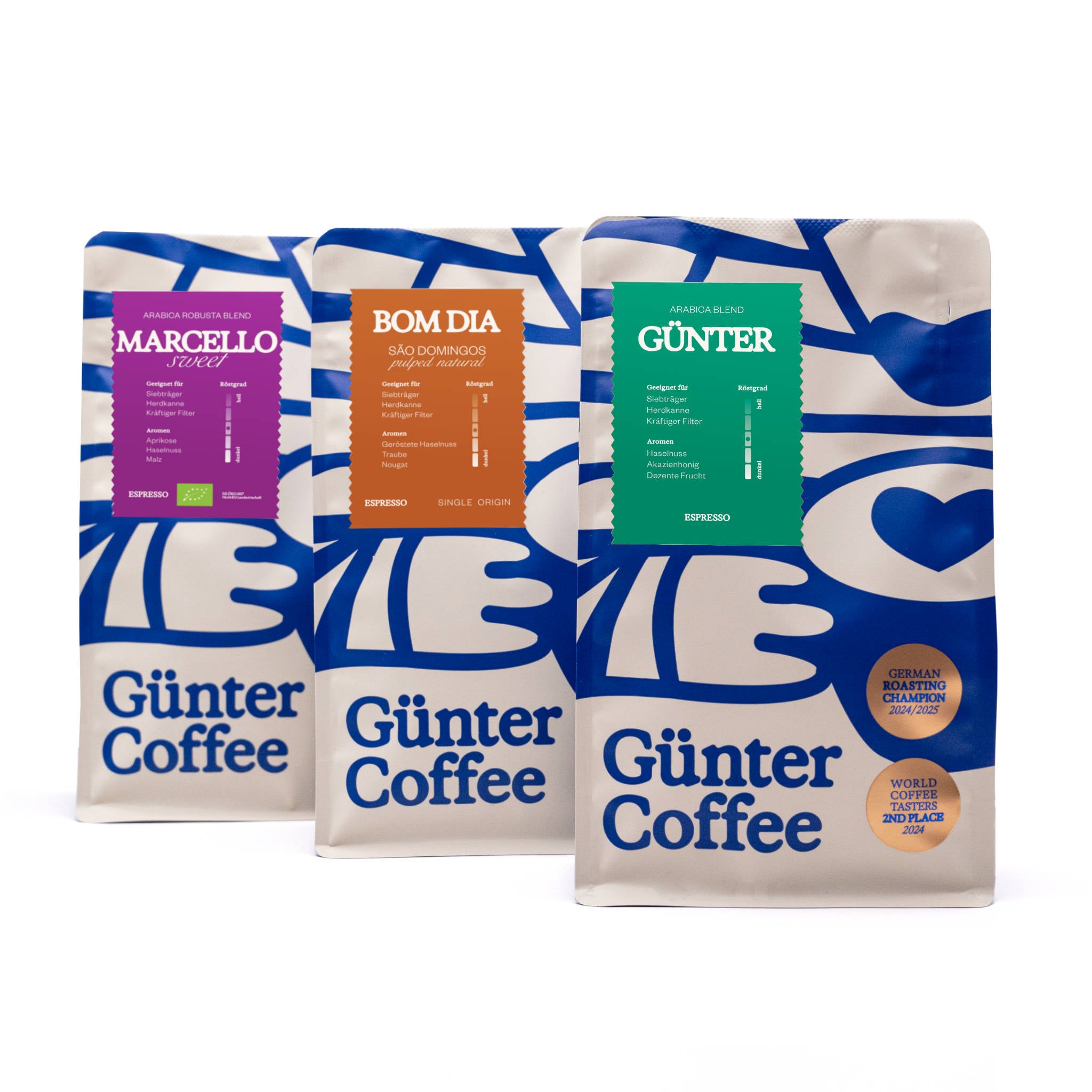

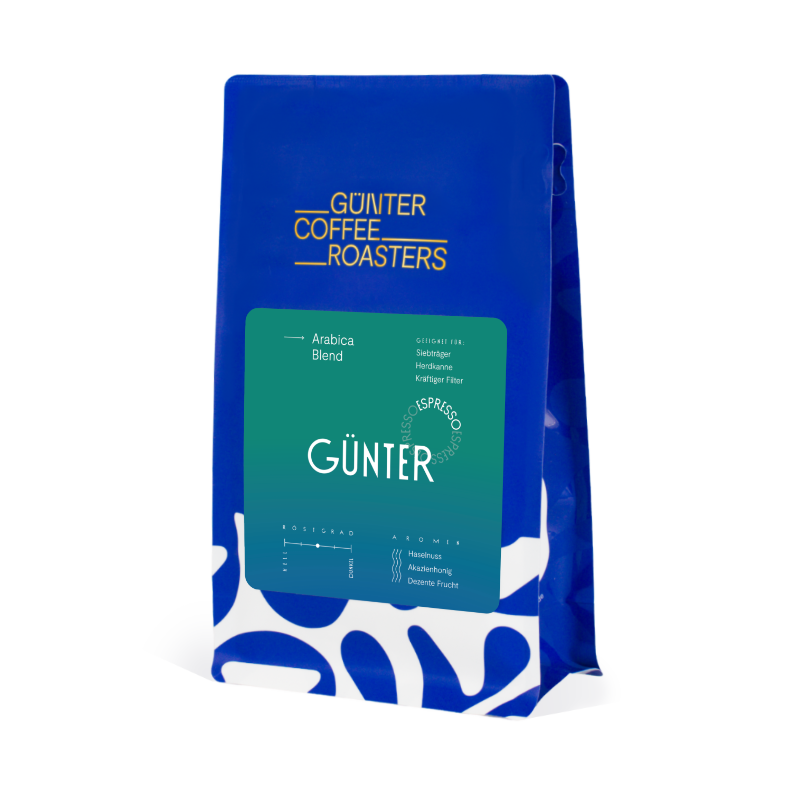

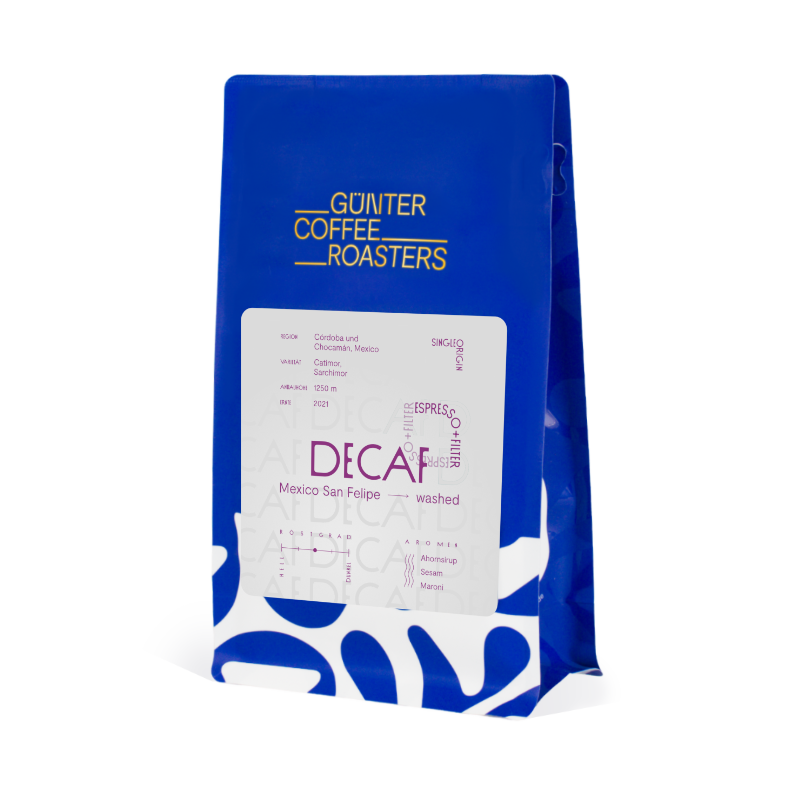
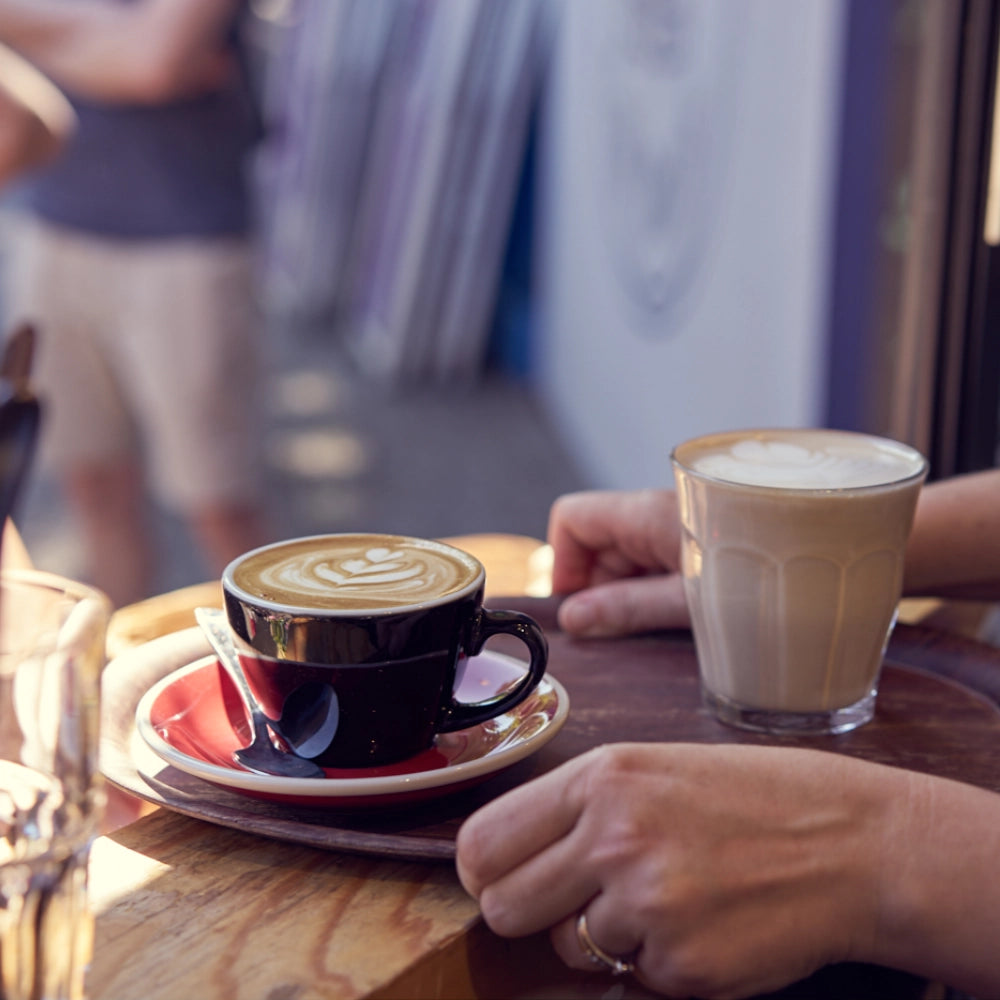

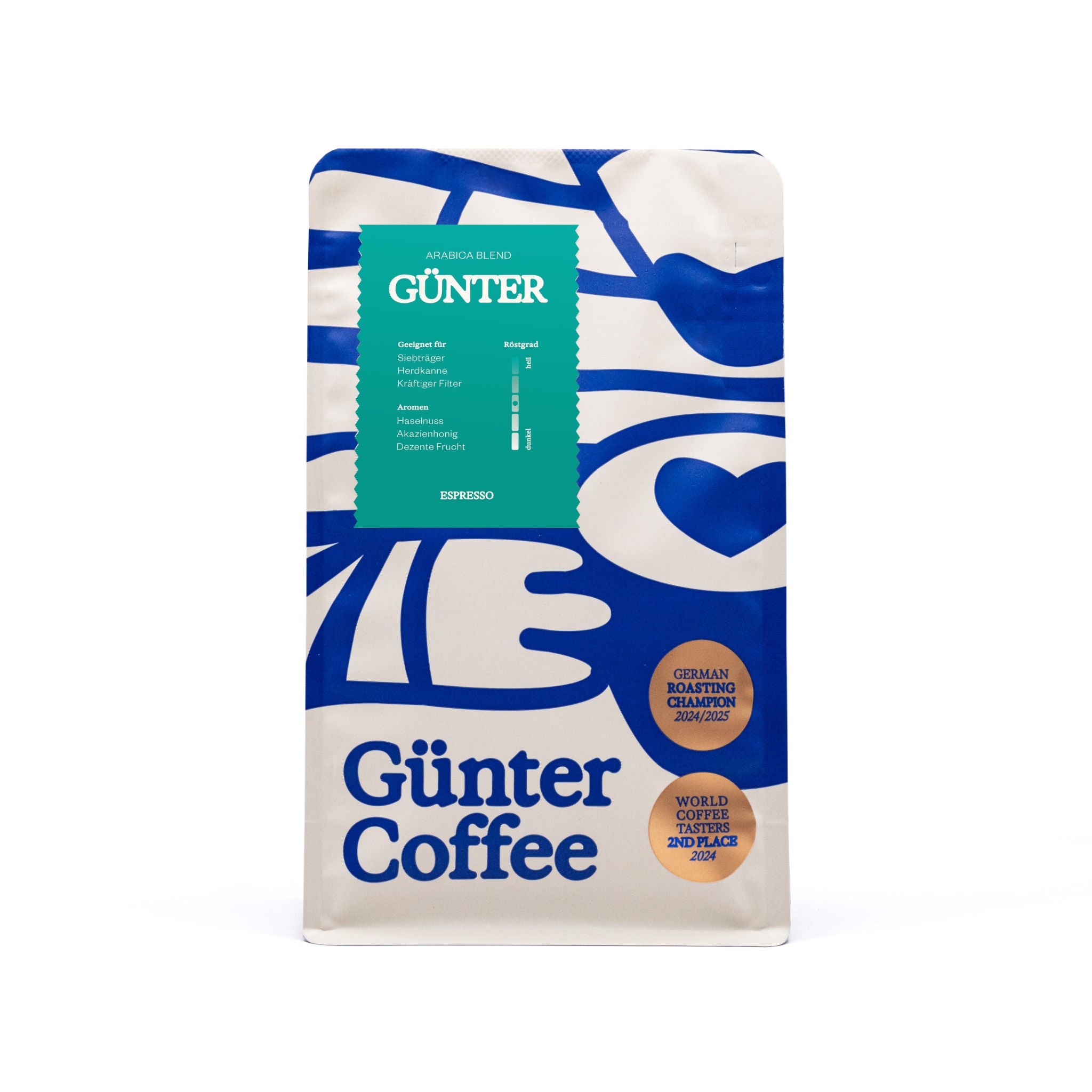
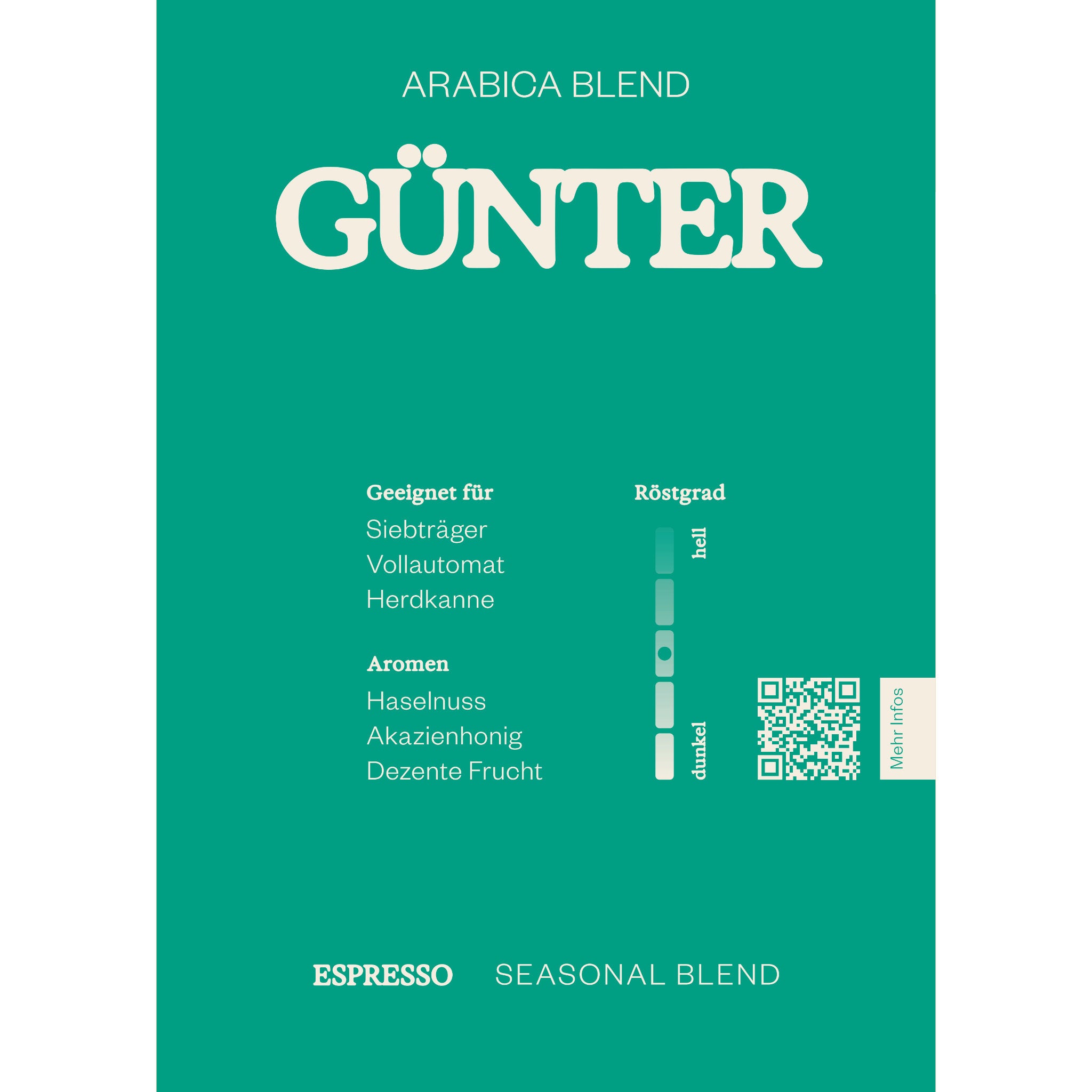

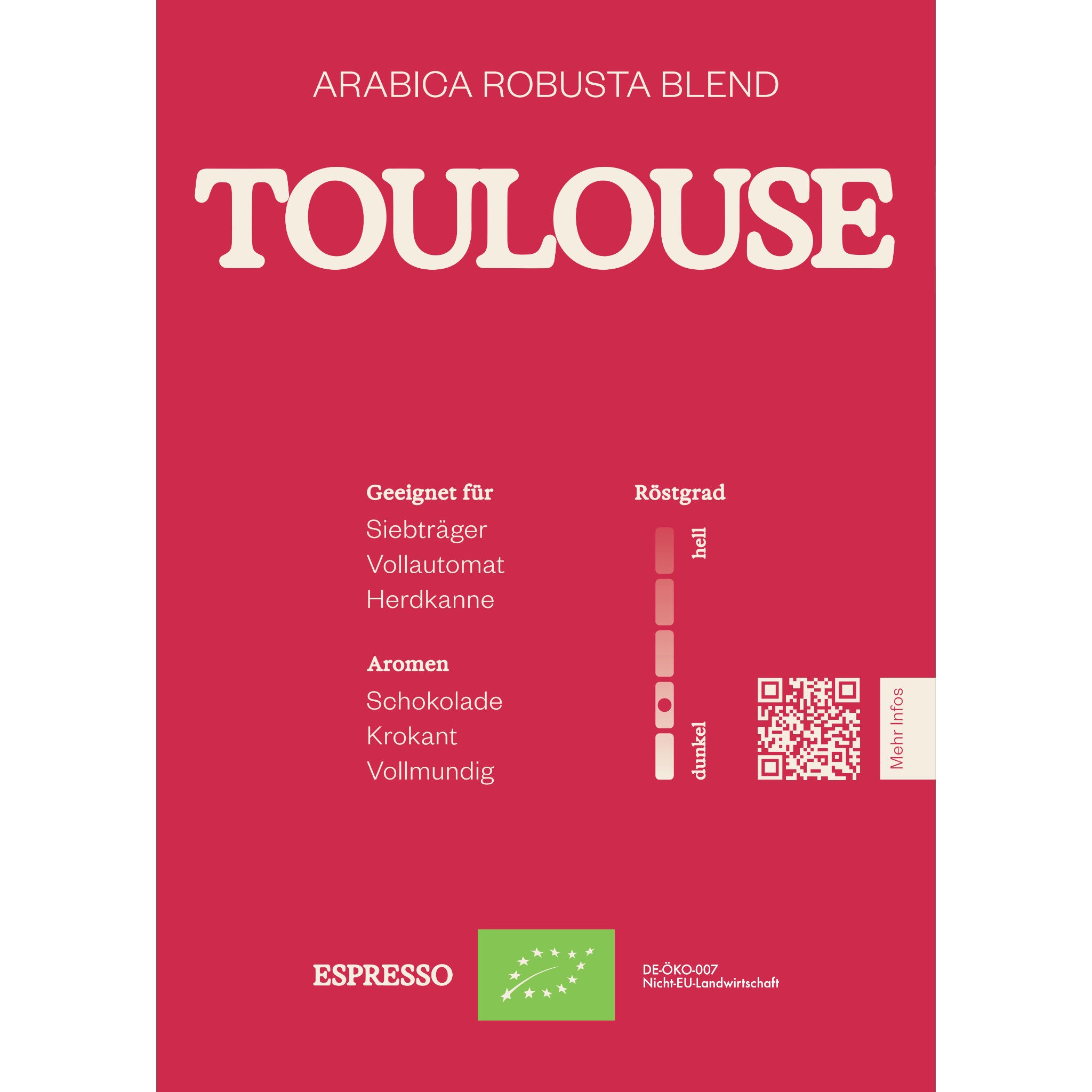

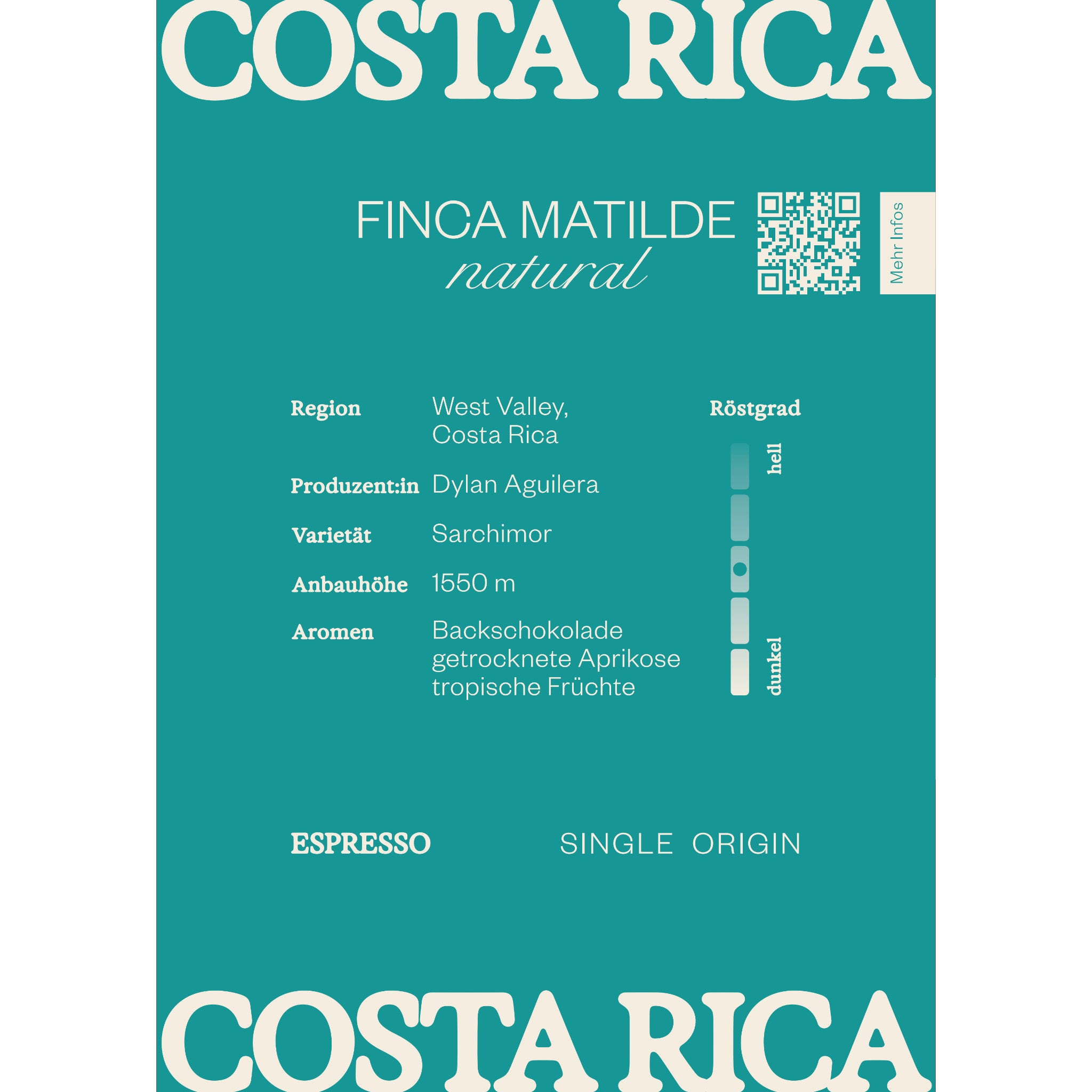
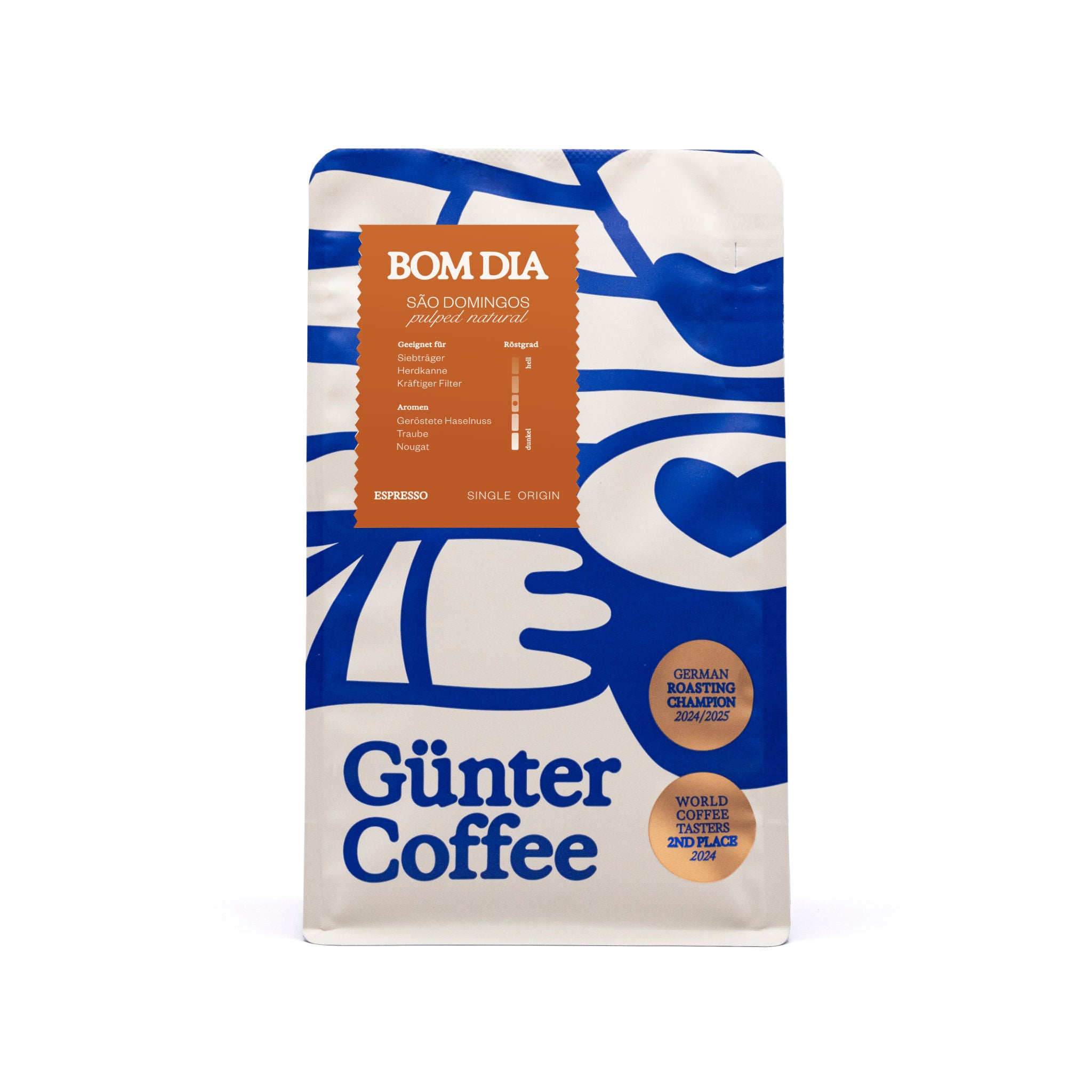


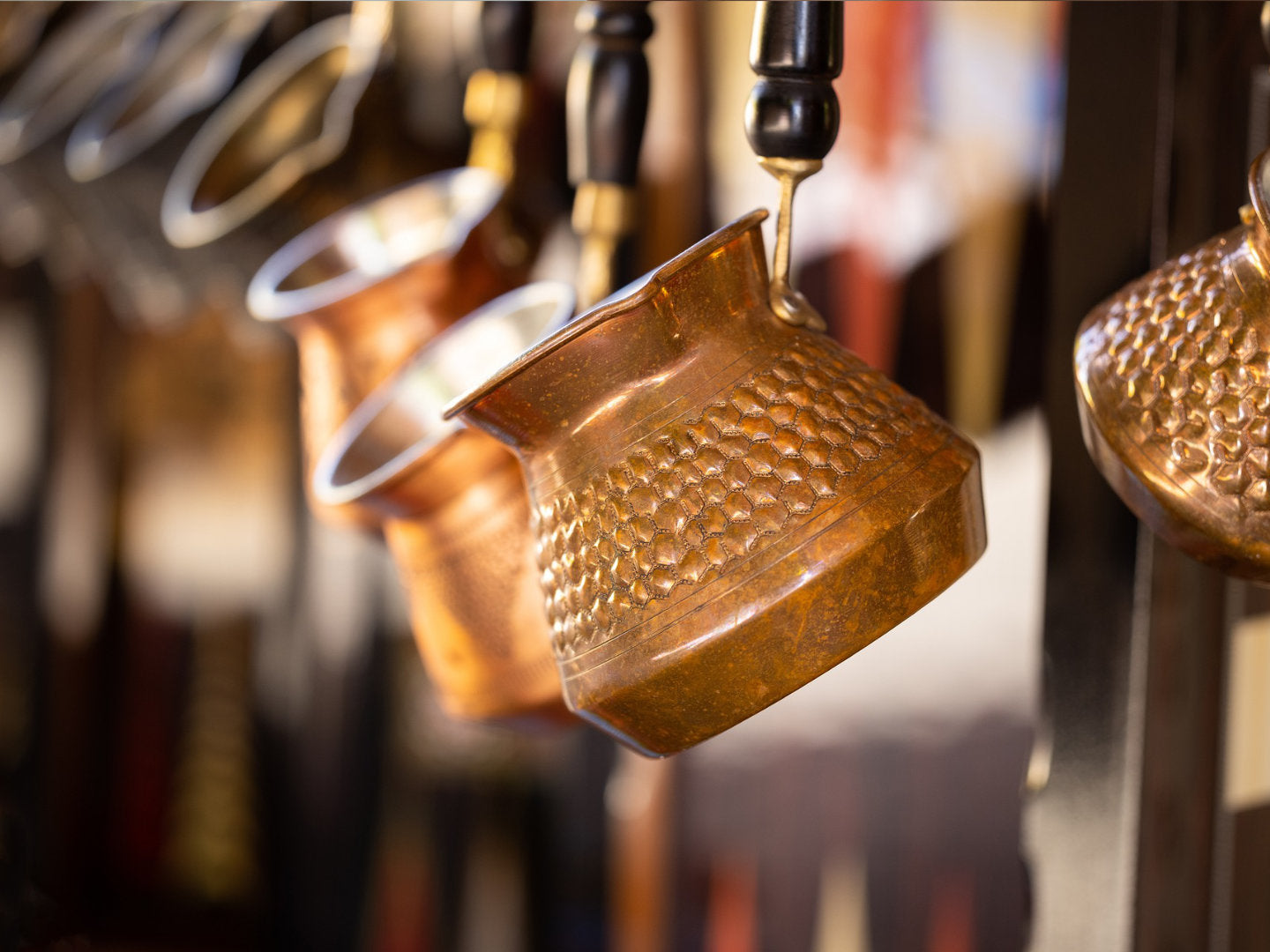
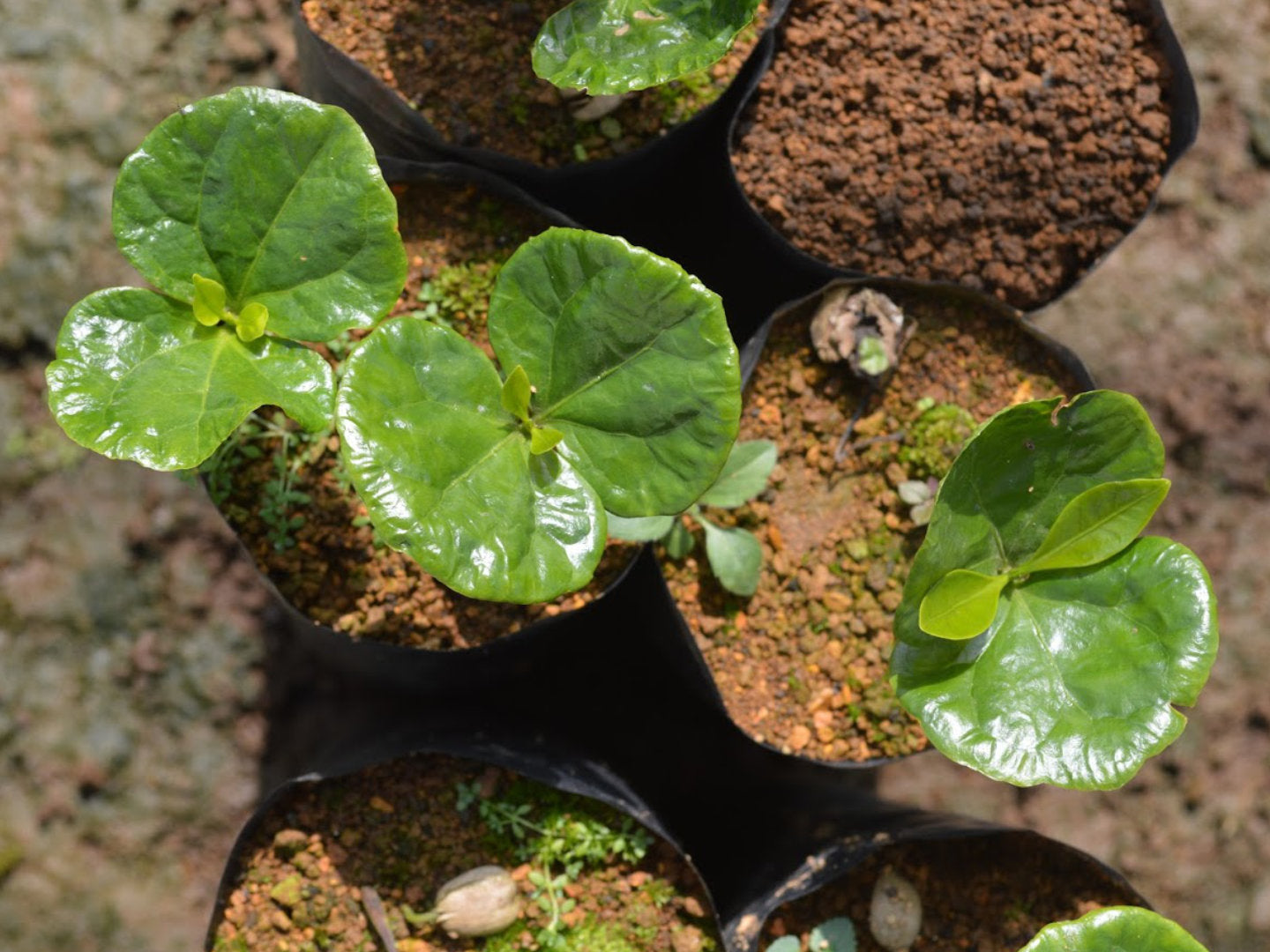




1 comment
Charles
Wow, was für ein umfangreicher und informativer Artikel… Super! Und nochmal Gratulation zum wahnsinnigen Vizetitel…
Wow, was für ein umfangreicher und informativer Artikel… Super! Und nochmal Gratulation zum wahnsinnigen Vizetitel…